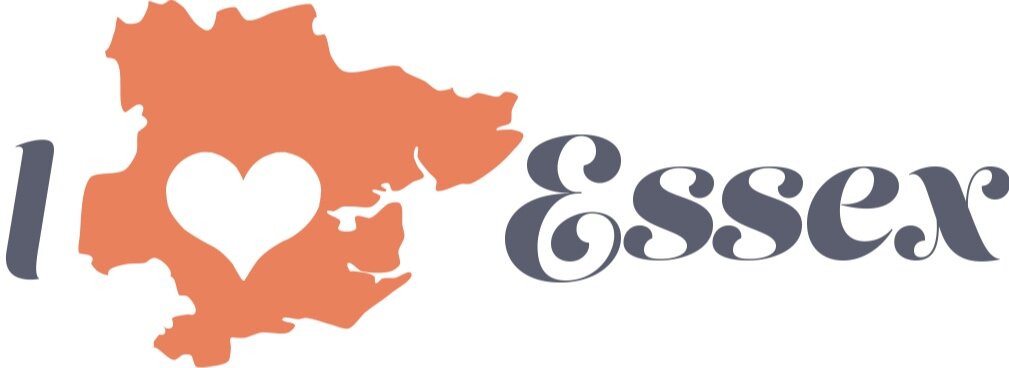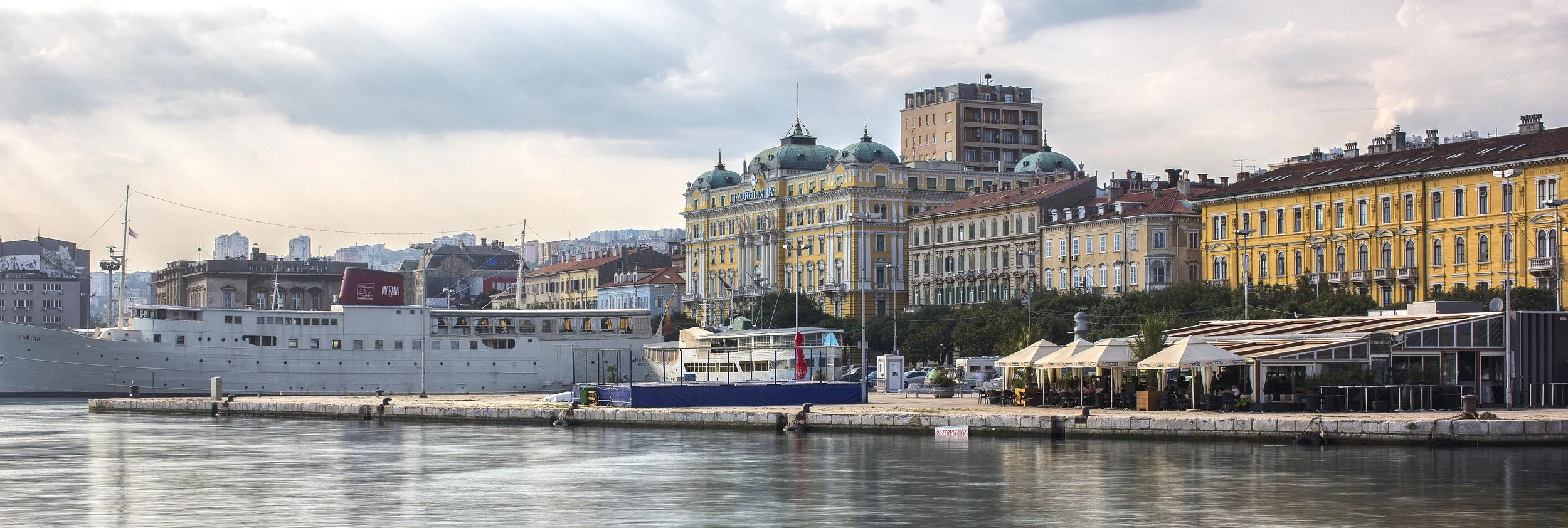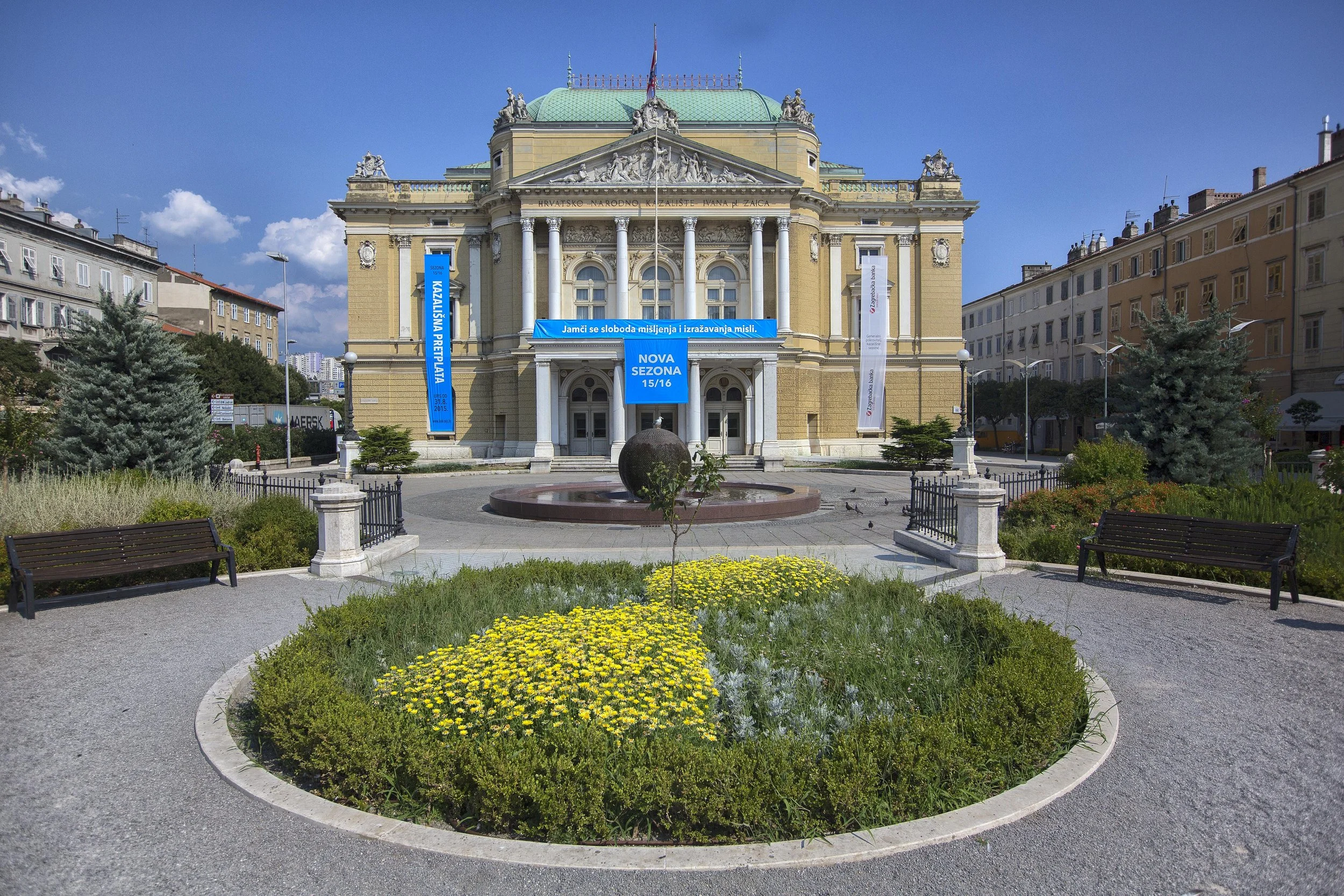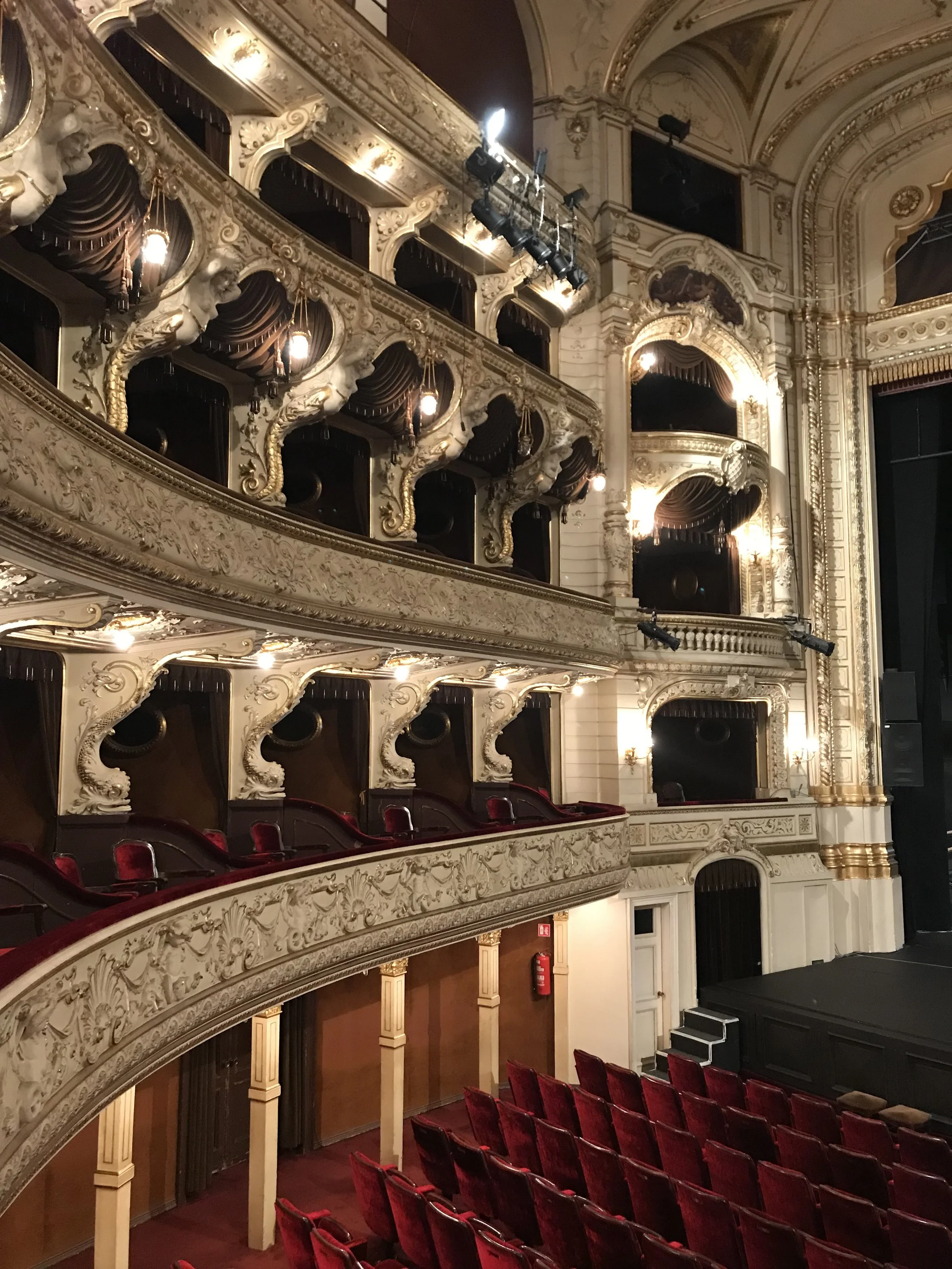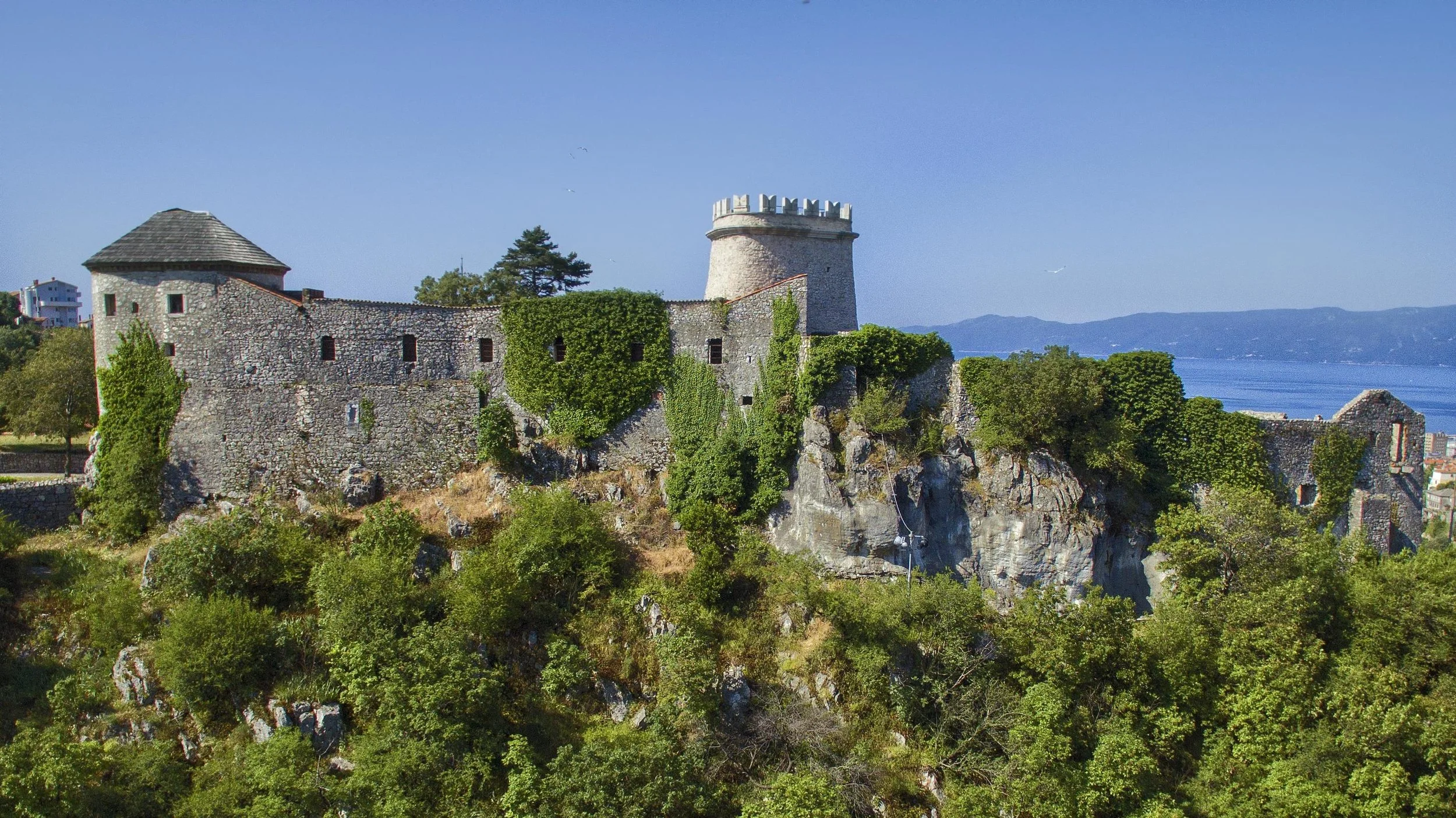Reinventing Rijeka: Croatia's Coastal Charmer
If you had to guess which Croatian city was crowned European Capital of Culture back in 2020, it’s unlikely you’d have plumped for Rijeka (pronounced ‘ree-acre’), tucked between the Istrian Peninsula and the Dalmatian coast. Croatia’s third-largest city was largely ignored by tourists who passed through en route to the fancier islands. Yet Rijeka’s motto ‘Port of Diversity,’ earned it the Capital of Culture crown, perfectly summing up the anti-establishment, post-industrial seaport. Plain concrete relics from the Cold War clash with ornate ochre Austro-Hungarian villas and Italianate town houses, reminders of a tumultuous history spanning the Habsburg, Italian, Yugoslav and independent Croatian eras. Now, at last, Rijeka can reinvent itself.
WHEN TO VISIT
Unless you love stifling Adriatic summers, hop over for a weekend in Spring or Autumn on direct seasonal flights.
TAKE A BOW
The opening night in 1885 of the neoclassical National Theatre, an architectural and cultural landmark in the Korzo (city centre, above, left), drew crowds as much for having the first electric light in Rijeka as for staging Verdi's Aida. Also notable is a ceiling painted by a young Gustav Klimt beneath which ballet and opera performances take place, some in Italian (the official minority here). English language tours are bookable for €5 per person.
SHIP AHOY
For now, you can only view the outside of the Galeb (seagull in Croatian), a 1930s Italian-built training vessel for the Yugoslav navy rusting on the waterfront, under transformation into a hotel and museum. When communist ruler Marshal Tito took ownership, it became a lavishly furnished pleasure pad for entertaining guests such as Elizabeth Taylor and Richard Burton or sailing up the Thames to visit Winston Churchill. Really. Nearby, the lively fish hall in the art nouveau Central Market is worth a browse for the décor with iron pavilions and mouldings by famous Venetian sculptor Urbano Bottasso of crustaceans and fish mirrored in the fresh catches on display.
GOING UNDERGROUND
Scruffy black metal doors mark the entrance to the 330m-long Second World War tunnel built by the Italian military to move soldiers and ammunition across the city. Now, it’s used for shortcuts, from the St Vitus Cathedral, a Baroque rotunda worth a nose in itself, to the Dolac Primary School in the Old Town. A more fun use is hosting parties in summer.
LOCAL HEROES
Croatia in a Box peddles high-quality Croatian-made gifts, from pretty jewellery to speciality teas and gleaming olive oil, all packaged up, as the name suggests, in local heritage-themed boxes.
CASTLE WITH A VIEW
The most impressive way to approach Trsat castle (below) is via the 538-steps of the Petar Kruzic Stairway, known as Pilgrim's Way. Towering strategically above the city, the view from the look-out tower reveals the Rječina River below, a ribbon of green flowing to the docks, the calm, clear Adriatic and the island of Krk hazy in the distance. It’s a semi-ruined site and a mish mash of eras, built in the 13th century, restored in the 19th, hosting open-air performances in summer.
CABIN FEVER
Five minutes from the Korzo, moored on the quay, the Botel Marina is a 1930s Danish-built ship once used to ferry goods around the Adriatic, now a family-friendly hotel with 35 small Ikea-ish cabins. Before a glass of chilled Istrian wine on the top deck, you can visit the bridge and former captain's quarters, complete with navigational equipment and logbooks.
GOOD TO KNOW…
Al Capone’s mother was from Rijeka, leading to the gangster’s investment in an unlovely biscuit-coloured Modernist block, locals call the ‘skyscraper’ on the Korzo’s western end.
One of the few buildings to have survived the 1750 earthquake, the custard-yellow City Tower was originally a gate from the waterfront to the old town centre and is a useful landmark mid-Korzo.
WHERE TO STAY AND EAT
Until the five-star Hilton Rijeka Costabella Beach Resort & Spa opened on the Kvarner Bay, the four-star Grand Hotel Bonavia was Rijeka's poshest hotel. Dated décor is made up for by a useful location just off the Korzo and an à la carte restaurant famed for its green ‘spinach’ pasta.
In Opatija, a genteel resort frequented by the Austro-Hungarian elite 20 minutes west of Rijeka, the five-star Riva Retreat (right) is a lavish boutique spa hotel, cosseting guests with smoked oak chevron floors, a cigar lounge and a Riva speedboat to whizz them along the bay to Rijeka.
Boonker is another repurposed former World War II bomb shelter, this one turned into an alfresco spot for Med-style salads topped with local calamari on the quay with shaded outdoor seating at benches, beanbags and upcycled pallet sofas.
HOW TO DO IT
Ryanair flies from London Stansted to Pula, twice-weekly flights from £90 return, July to September. Further information from the Croatian National Tourist Office
